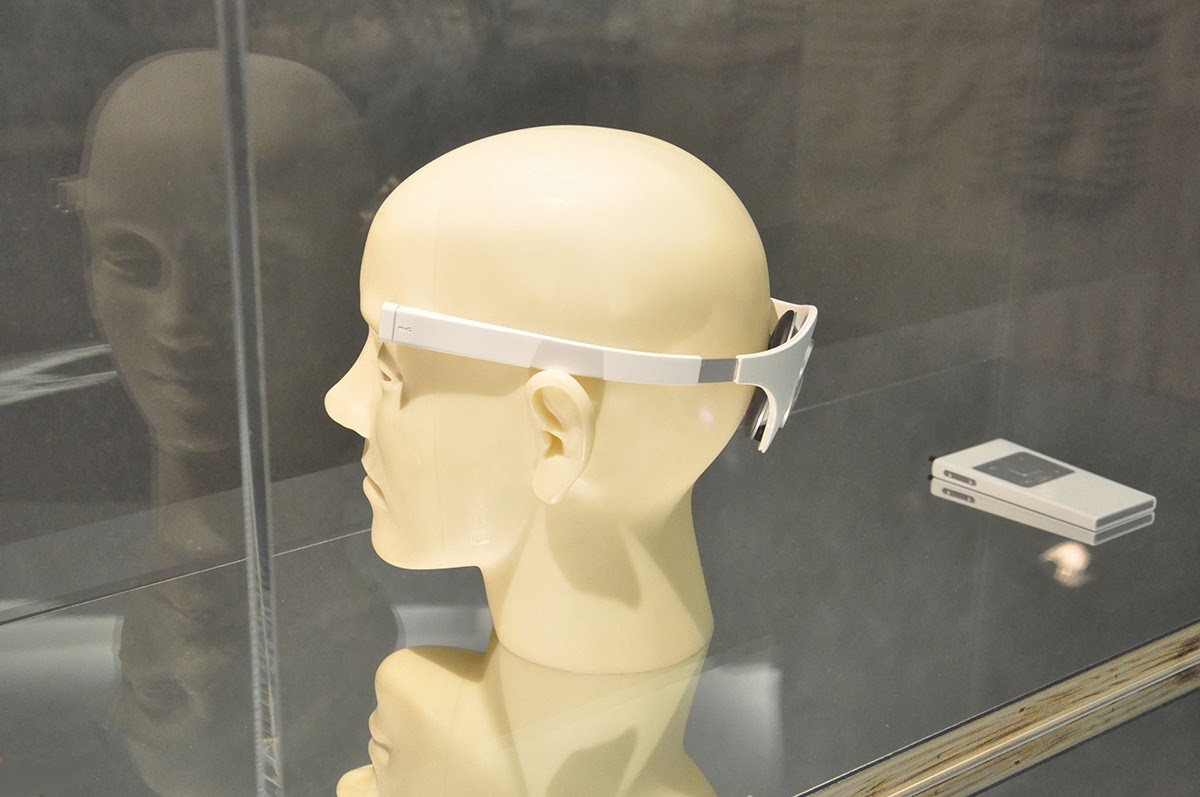The Monash Vision Group is building a bionic eye in an attempt to restore sight by transmitting wireless signals directly to an implant in the brain, bypassing the eye.
The MVG system bypasses the retina and optic nerve and wirelessly stimulates the ‘vision’ center of the brain using implantable electrode arrays. A digital camera is embedded in headwear that captures images from the user’s environment. Digital processors and computer algorithms modify the images. A wireless transmitter presents the images to microchips in an implant surgically inserted at the back of the brain. The chips stimulate the visual cortex with electrical signals using arrays of micro-sized electrodes, producing small flashes of light (phosphenes) in a 2-dimensional array. A wearer can be trained to use the phosphenes to navigate and recognize objects. MVG is able to implant 473 electrodes with its first prototype, depending on the size and location of a patient’s visual cortex.
Bionic Vision Australia is also developing a solution to restore site — a microchip inserted into a patient’s retina. The system consists of a camera attached to glasses which transmit high-frequency radio signals to an implanted microchip. Electrodes on the implanted chip convert the signals to electrical impulses to stimulate cells in the retina that connect to the optic nerve. The impulses are passed down along the optic nerve to the vision processing centers of the brain, where they are interpreted as images. The company is working on three devices: an early prototype with 24 electrodes, a wide-view device with 98 electrodes, and a high-acuity device with 1024 electrodes.
